There are many types of birds that love to eat cicadas such as warblers, woodpeckers, owls, jays, ravens, and thrushes. The smaller songbirds such as robins and sparrows like to eat on Nymphs while predatory birds eat both Nymphs and adult cicadas.

Table of Contents
What are cicadas, and when do they appear?
There are about 3000 species of cicadas found around the United States and Africa.
Annual Cicadas emerge every year in summer; these are insects with transparent wings and produce a loud shrilling sound.
Other species of periodical cicadas have a very unusual life cycle. They appear every 13 to 17 years in enormous swarms. So when they emerge, birds swoop in to eat them.
The majority of a cicada’s life is spent below ground as a larva, feeding on liquid from tree roots.
When they turn into adults they appear on the ground for mating and laying eggs. These adults emerge in millions or billions for a period of five to six weeks.
When it happens, It becomes a veritable for the birds.
Wild birds that love to eat cicadas:
Almost all types of birds love to eat cicadas. Below, we have listed several species that love to feast on cicadas.
1. Cuckoos
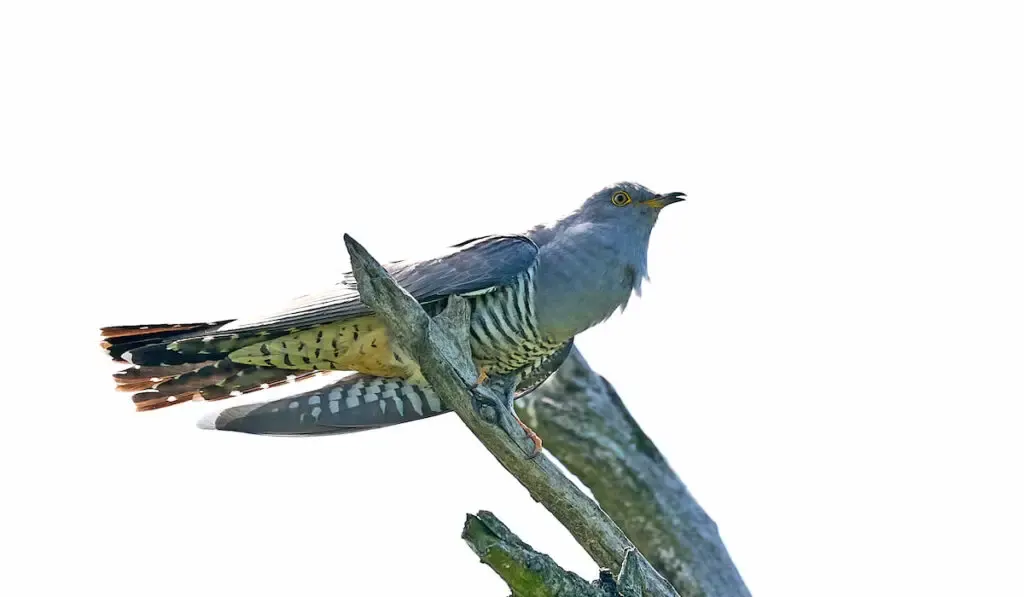
Cuckoos are popular birds, found all over the world from woodlands to lowlands to meadows. They get their name from the cuckoo sound they make.
These birds are predators of invertebrates and insects including cicadas.
2. Woodpeckers
More than 15 species of woodpeckers are known to love eating cicadas. They mostly predate on the adult insects.
These birds are found in woodlands and rain forests. They have powerful beaks that protect them from physical and neurological damage when they peck on trees.
3. Raven
Ravens are large black birds that typically live in the forests of North America. They are excellent hunters who can easily snatch up food from the ground or even steal it right out of your hand.
They will eat just about anything they can find, including insects like cicadas.
4. Robin
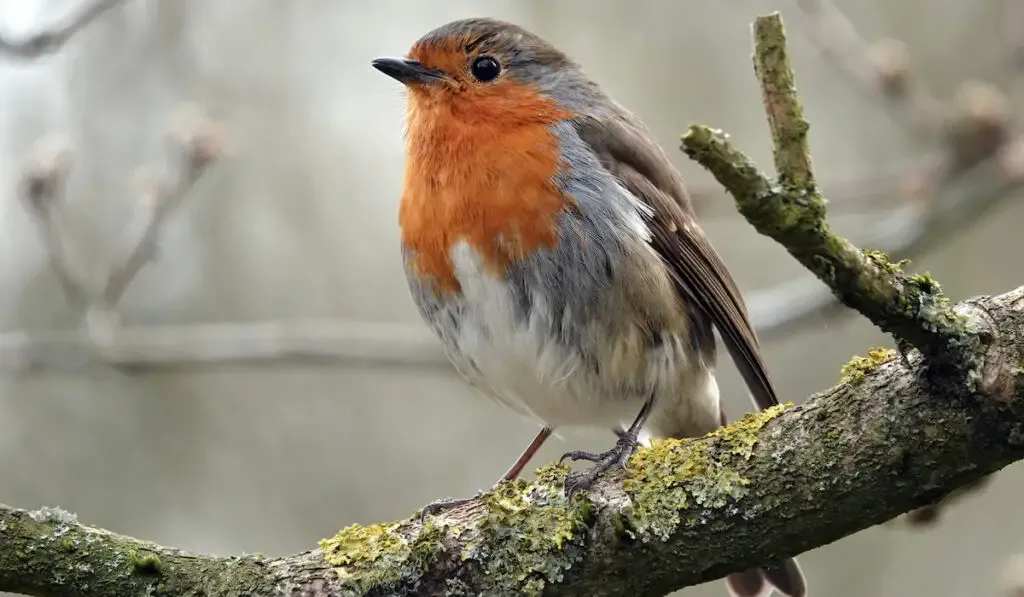
Robin is a springtime songbird. It’s not uncommon to see American Robins flitting around near our homes as they dig their beaks into the ground and pull out earthworms.
Though we associate robins with suburbia, these birds also inhabit mountains and forests. The robin is a voracious predator of annual cicadas.
5. Warblers
These are a family of insect-eating songbirds. These small but colorful birds nest in trees mostly near wetlands and water bodies. You can see multiple species across central and northern America.
Warbles love to eat cicadas, in fact, cicadas become a primary source of their food during the brooding season.
6. Starlings
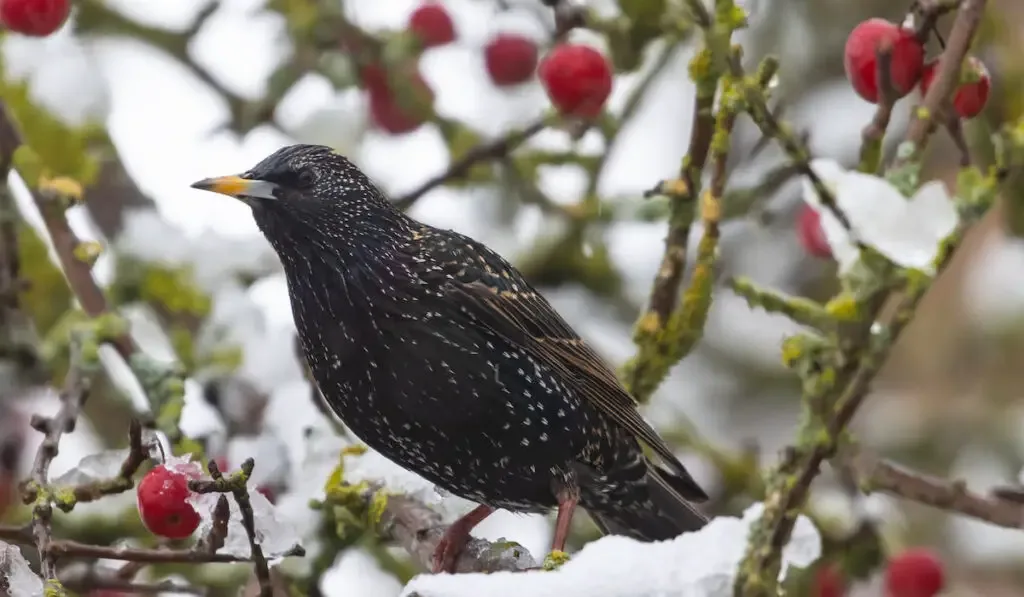
These are medium-sized colorful birds that love to nest in the crevices of buildings and roofs.
These birds eat almost every edible thing, from grasshoppers and spiders to insects like cicadas which are their favorite food.
7. Tyrant Flycatchers
This is the largest family of birds found in the Americas. With exception of a few species, insects are the primary source of food for flycatchers. In the summer season, these birds also feast on cicadas.
8. Thrushes
Thrushes are a species of songbirds that belong to the family Turdidae. Thrushes are usually brown with long legs and straight beaks.
They eat leaves, berries, and seeds, and insects like cicadas. Some thrushes will also feed on earthworms and snails while others only eat fruit or berries.
9. Lark
The Lark is a white, horn-headed songbird that lives in Africa, just one species is found in America. Larks have slender bodies with long tails that they use to communicate with other larks by fanning their tail feathers.
They forage on all types of insects on the ground, including cicadas.
10. Jays
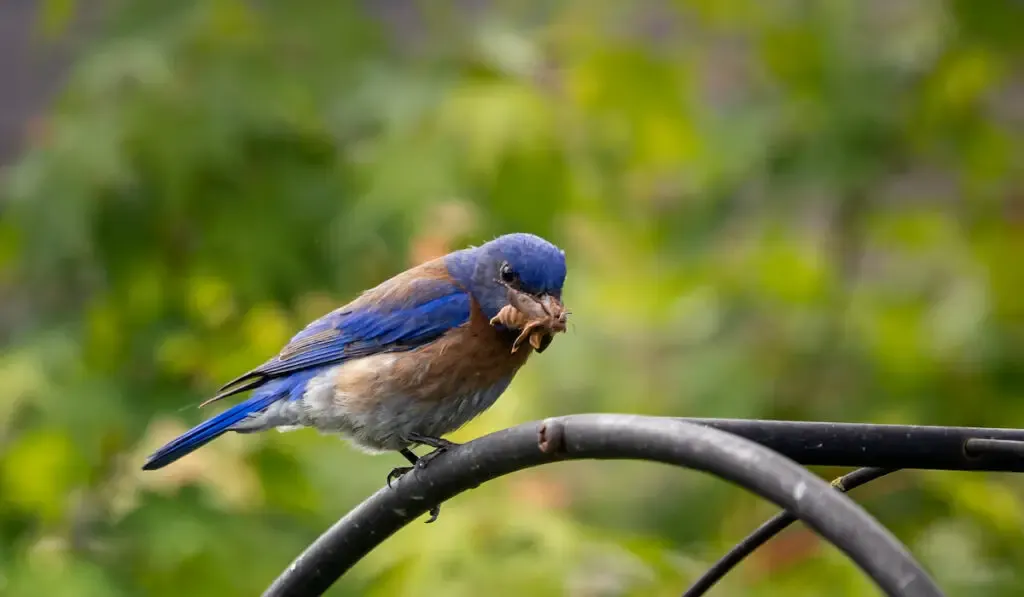
The Jaybird is a crested black, blue, and gray member of the crow family that lives primarily in coniferous forests of America, Europe, and Asia. Jays are known for being noisy at night with loud musical songs.
These birds feed on insects, creepers, and fruits.
11. Terns and gulls
These two types of birds live near the water. Terns dive into the water to catch their prey while gulls try to snatch theirs by hovering over the surface of the water.
They eat small fish, amphibians, and large territorial insects. In the brooding seasons, both of these species are seen to feed on swarms of cicadas.
12. Wagtails
The Wagtails are small black and white passerine birds spread over the northern hemisphere.
Most people are familiar with these birds found in backyards and lawns. This long slender bird use low-pitched sounds to communicate with other members of their species.
Cicadas become a part of their regular diet when they are in season.
13. Pipits
Similar to Wagtails, pipits are also found around the world. These small slender birds tend to sing at high pitches for communication.
They eat insects and arthropods, especially during their breeding season when their amount of intake increases manifold.
14. Bee-eaters
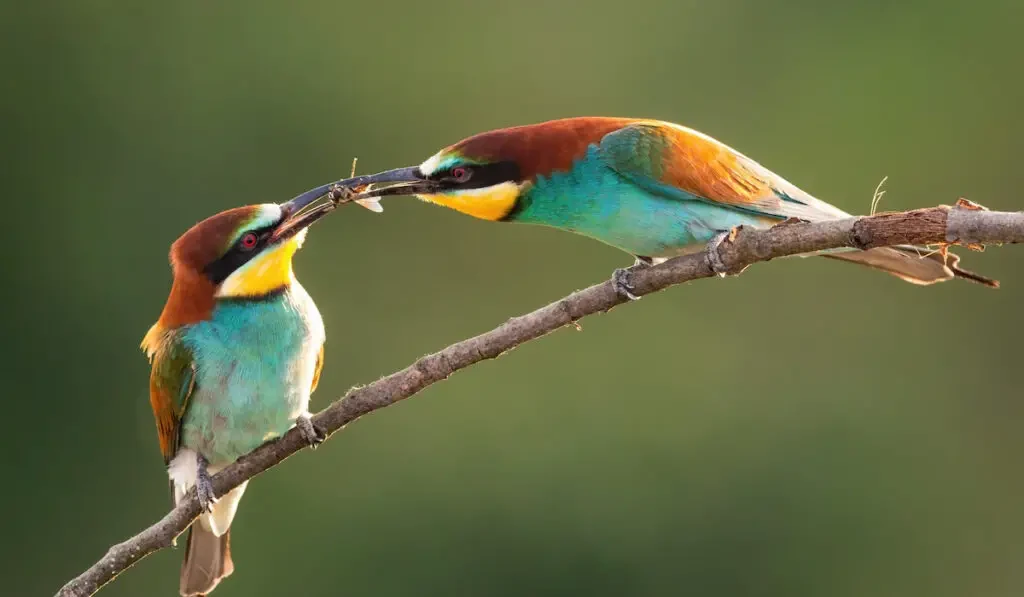
These colorful flamboyant birds have long slender bodies with short wings and pointed tail feathers which allow them to hover as they catch their prey on the wing.
They feed on all types of insects, including bees. Cicadas are also part of their food.
15. Owls
With large eyes, powerful talons, and hooked beaks, owls have excellent night vision to find their prey in total darkness.
Larger species hunt mammals such as rodents but smaller species of owls predominantly feed on invertebrates and large insects including beetles and cicadas.
Are cicadas healthy for birds?
- Cicadas are completely healthy and edible for most birds.
- Scientists believe that in the season of Brooding, birds get more food than normal. They feed their chicks this high-protein food and as a result, the population of most bird species spikes right after cicada season.
- The nutrient composition of a cicada varies depending on the species and age, but most of the cicada is made of protein.
- Like other insects, cicadas are 50% Protein. If you consider comparisons of the value of protein, it ends up being more than red meat.
- They also contain essential nutrients like calcium, iron, magnesium, potassium, zinc, and vitamins.
Sources
- https://www.discovermagazine.com/planet-earth/during-cicada-boom-birds-mysteriously-vanish
- https://nationalzoo.si.edu/migratory-birds/news/17-year-cicadas-bird-buffet-or-big-disturbance
- https://avianres.biomedcentral.com/articles/10.1186/s40657-020-00200-1
- https://www.sciencemag.org/news/2012/12/cicadas-cycles-control-their-predators
- https://www.birdwatchingdaily.com/news/science/help-researchers-learn-which-birds-eat-periodical-cicadas/
- https://www.jstor.org/stable/4074498?seq=1#metadata_info_tab_contents
- https://avianres.biomedcentral.com/articles/10.1186/s40657-020-00200-1
